Contemporary dance in Catalonia, today
Text: Bàrbara Raubert
Text: Bàrbara Raubert
A rapper flees from Spain to avoid arrest – his crime: a song criticising the king. In the same week a court confirms the illegal financial practices of the governing party, and judges deplore the group rape of a women by five perpetrators as mere sexual abuse. But nonetheless we go on dancing. It seems as if we have already become used to the numerous subtle attacks on culture, language and freedom (and the massive attack on morals) falling down on us like drizzle, while we hope for a change in the weather bringing us closer to our idea of a sunny and creative land. We carry the legacy of a dictatorship that doesn’t date back far enough, whose traces have not yet been blurred. And Catalonian artists are reacting to this by writing and signing manifestos for freedom of speech, by keeping theatre seats free for the political prisoners; they are reacting with parodies and protests, in an endless pirouette whose effects are as bad as the worst beach sangria. And still we go on dancing.
For dancers these dark clouds gathered in front the flowering landscape created by the Advancement Plan for Contemporary Dance 2016–17. This had been introduced by the cultural department of the Catalonian government, and was realised during the past two years with the support of Catalan Radio (CCMA), the Mercat de les Flors theatre, the festival Sismògraf, professional associations, dance companies and more than 37 Catalonian municipalities in order to cultivate the rather neglected terrain of dance. It’s still too early to assess the impact of the undertaking, but one thing is clear: because of it the results of freezing the regional budget and of the ongoing accountability of the regional government to Madrid – the ending by guillotine of Catalonian autonomy, so as to check all aspiration to independence (and even the referendum) – are much less noticeable. And this is true in a sector that is anyway in permanent crisis, as dance has always been seen as subordinate to theatre and music – in terms of resources, but not creativity.
None of this can hinder the dance scene’s further development, however. In 2012, together with Quim Noguero, I organised the first exhibition devoted to contemporary Catalan dance from a historical perspective, from its origins in the 1960s to the present. Entitled “Arts del moviment 1968–2012”, the exhibition was shown at the Centre d’Arts Santa Mònica, and showed that the most visible buds from the 60s roots blossomed in the 80s, and then bore fruit when the questioning of Europe was gradually becoming familiar. Dance companies like Gelazzo (Cesc Gelabert and Lidia Azzopardi), Mudances (Àngels Margarit) or Mal Pelo (Maria Muñoz und Pep Ramis) were founded between 1985 and 1989 and were still – 30 years later! – at the forefront of dance in our country.
Today, however, six years after this first analysis, there has been renewal of the dance landscape. On the one hand accelerated by the ageing of the above-mentioned artists, on the other by the subprime real estate crisis, which shook the foundations of a country that had grown in the shadow of building cranes. The crisis also impacted the already weak financial state of the cultural sector, which lacked strong networks for dance. Many companies and other organisations, which even beforehand could barely keep afloat, had to close. Some examples are La Porta, Associació de dansa independent de Barcelona (1992–2013), Compañía Raravis (1993–2012), founded by Rosa Muñoz and Andrés Corchero – a student of Kazuo Ohno and Min Tanaka – or Senza Tempo (1991–2018), established by Inés Boza and Carles Mallol after a workshop with dancers from the Pina Bausch company.
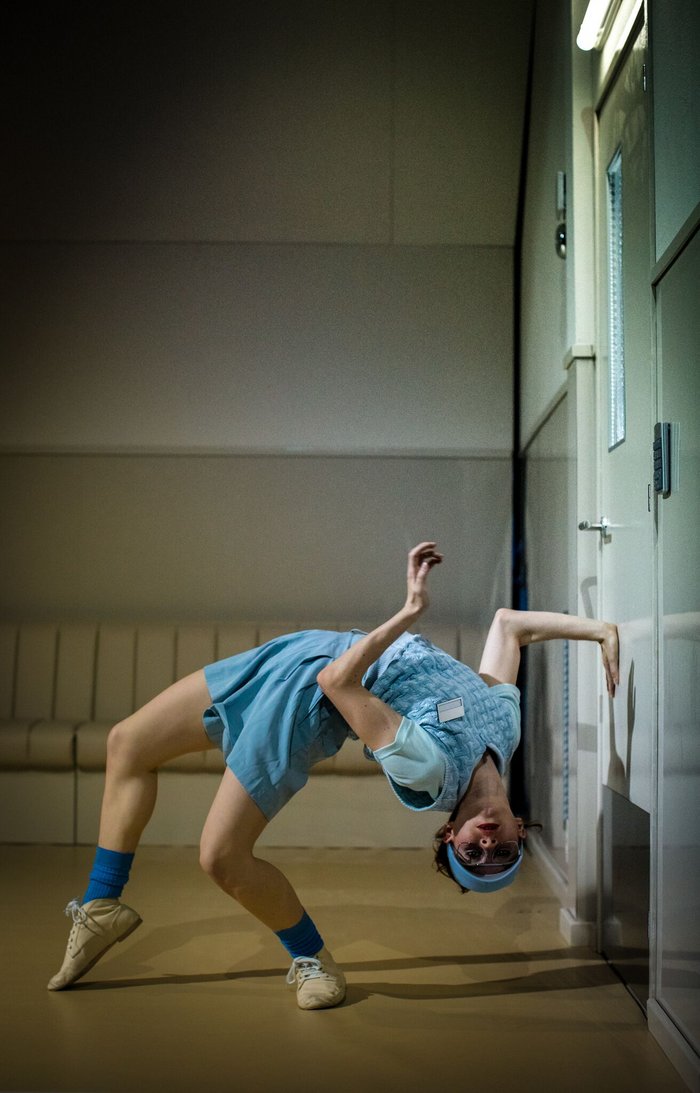
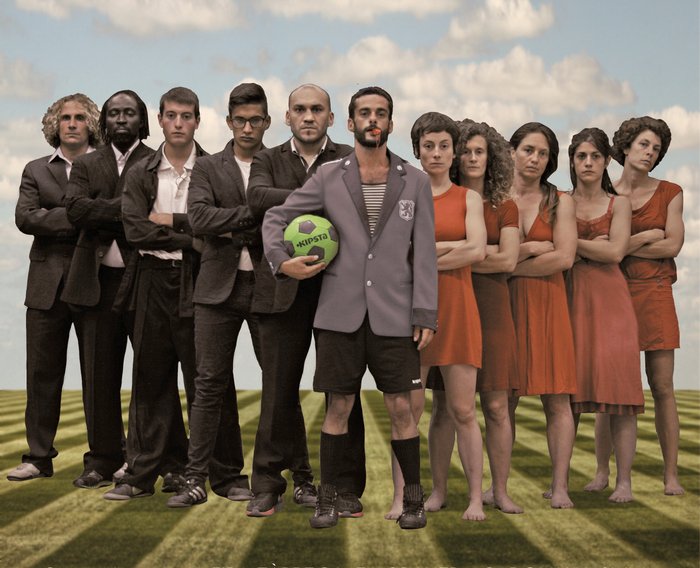
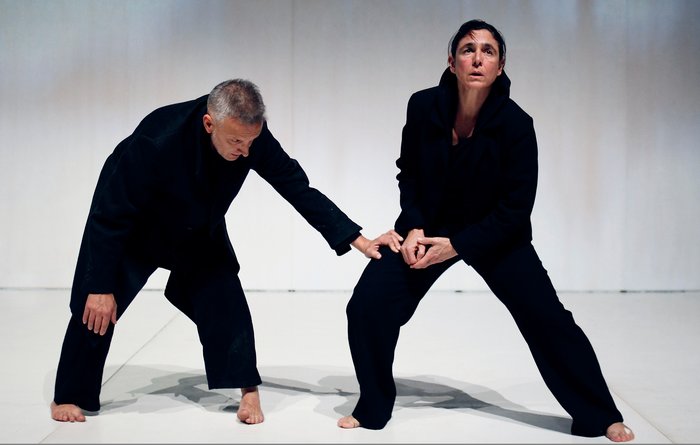

New projects by no longer quite so young artists who previously didn’t have the space to grow and expand have arisen from the ruins of this forced renewal. The tenacity of these artists is like that of plants rooted in the cracks of cement walls, doing their utmost to coax the possibilities of a new landscape with their colourful blooms.
For various reasons, contemporary Catalan dance took a move forward in the 1980s. The end of the dictatorship brought social optimism and innovative energy. This positive atmosphere can be seen in the photographic documentation of “Accions” (1976), the sculptural experiments carried out by the siblings Cesc and Toni Gelabert in collaboration with the painter Frederic Amat in the no longer existing ‘Sala Vinçon’ (the premises on the boulevard Passeig de Gràcia in Barcelona now contain a branch of yet another international fashion chain). The spirit of the time can also be felt in Àngels Margarit’s instinctive ease and simplicity in the video “El mar” (1990), in which she dances before a backdrop of cacti to the music of Agustí Fernández. It was shot in Barcelona in the middle of the Ronda del Litoral, a road closed for the rebuilding of the waterfront into the Olympic village.
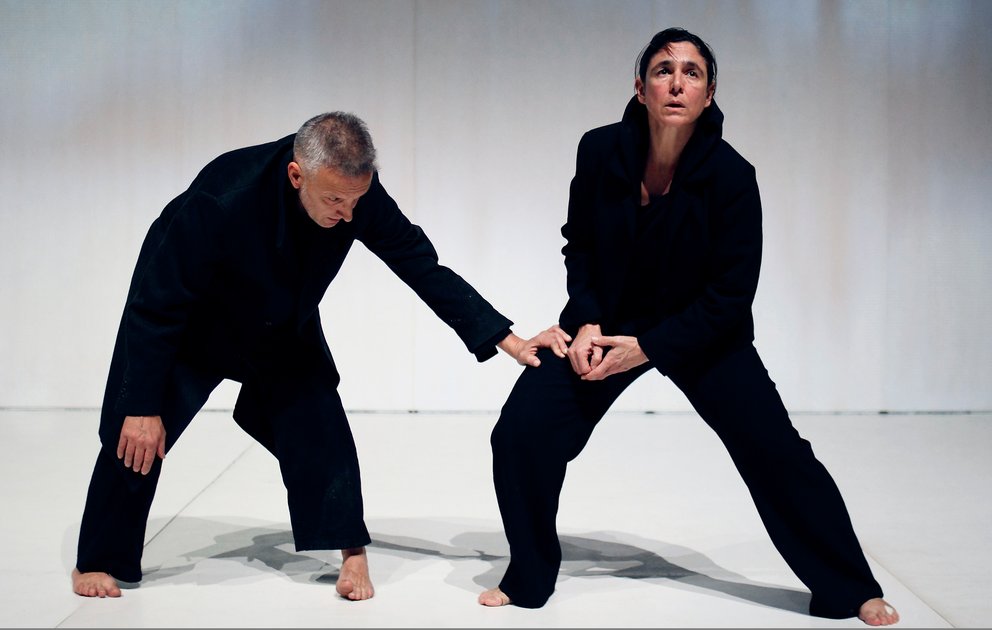
In contrast to Madrid, which – as the capital city – particularly cultivated classical dance, Catalonia was free from the weight of this tradition. Therefore innovations from neighbouring France or the then cultural capital of New York were integrated without difficulty, as if they already belonged; Catalan dance was already modern when it arose. The rest of the world paid particular attention to the cultural scene of our country. The art sector was caught up in the general upswing of the international markets, which gleefully began to exploit this untapped goldmine with all its new (and relatively cheap) artists. The dance scene awoke and grew.
A year ago, Àngels Margarit became the first female director of a Catalonian dance institution, the Mercat de les Flors, as one of the few women in the whole country to hold such a position in the theatre sector. To do so she temporarily interrupted her own creative career. Cesc Gelabert closed his company in 2013 due to financial pressure, but he continues his artistic activity with his solos. Meanwhile the dance company Mal Pelo has been able – if not without problems – to pursue its creative, pedagogical and promotional work on an international level from the peace of the countryside near Girona.
The company Mal Pelo consists of Maria Muñoz and Pep Ramis, artistic and life partners, who we have been allowed to see growing up on stage. This is the theme of “El cinquè hivern” (“The Fifth Winter”) (2015), a duet in a white cube which contracts and expands like the time experienced. The words of Erri De Luca describe a landscape alternating between icy cold and enfolding warmth. In “L’esperança de vida d’una llebre” (2013), also with texts by De Luca and conceived for five dancers, Pep Ramis as an old hunter, follows the trail of memory concealed behind magically staged trees. The hunter delays the encounter with his quarry, for he knows that his own death will follow. Text in Mal Pelo’s pieces is a tool for conveying states of mind. Muñoz and Ramis were in correspondence with the British writer John Berger, and staged his words (and his voice) several times: in “Atrás los ojos” (2002), “Testimoni de Llops” (2006) and “He visto Caballos” (2008), animals function as symbols of fear or freedom, as they can both strike awe in us or serve as examples.
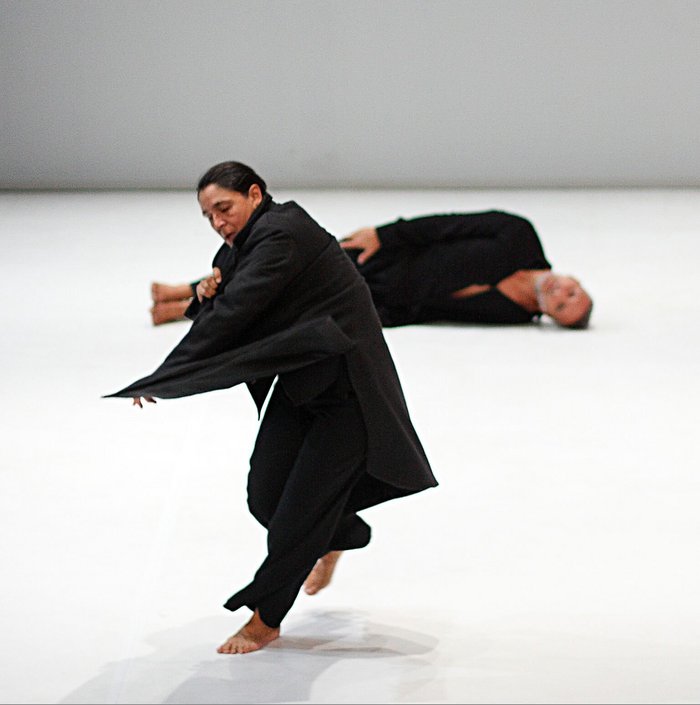
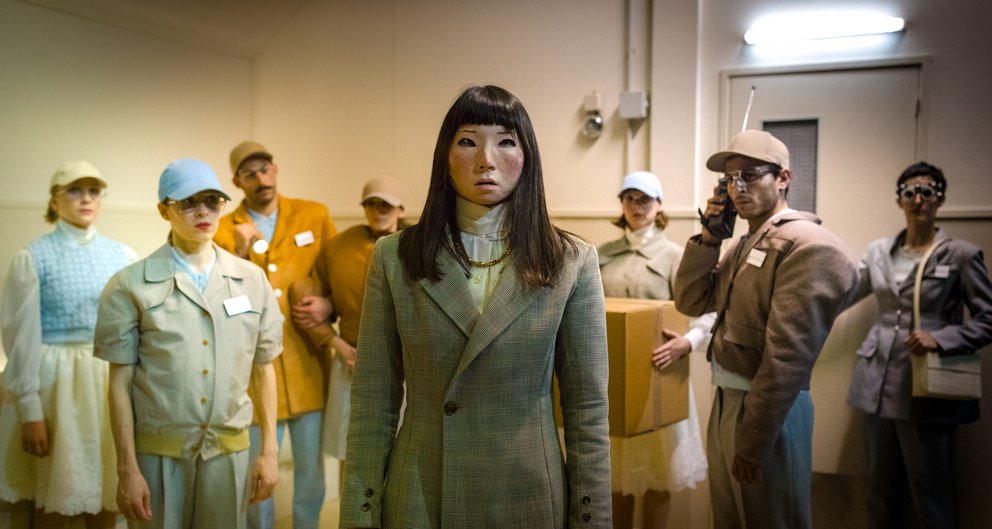
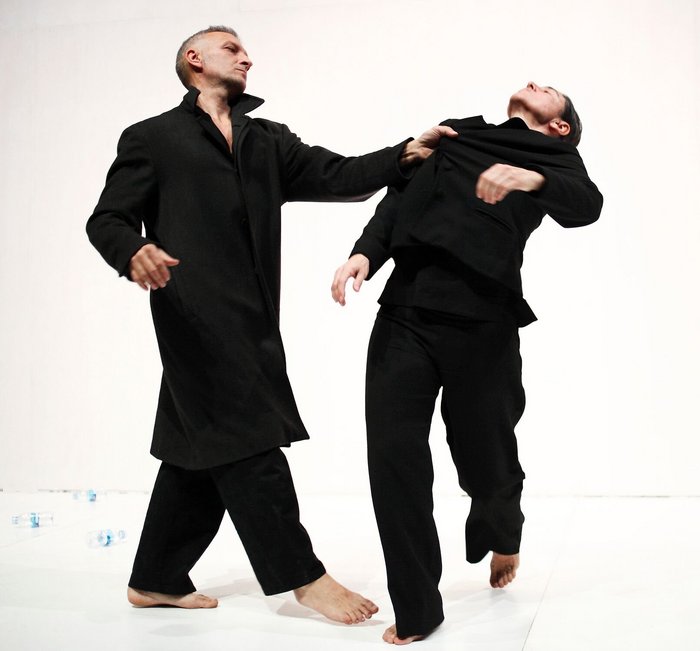
Memory and the passing of time are also of great significance in “El cinquè hivern”. But here the choreographers don’t use an animal metaphor; they focus instead on their own personal relationship. Pep and Maria, alone on stage as previously in “L’Animal a l’esquena” (2001), the piece with which they began a new phase of their journey and established a creative centre named after this piece at the edge of the village of Celrà. Here they have worked on their own projects since then, at the same time enabling artist residencies, workshops and festivals offering space for creative interchange between different disciplines (video, writing, music). “El cinquè hivern” is a further result of this exchange.
These first companies now became the focus of European curiosity about a country that had rid itself of the greyness of dictatorship, and they were able (of necessity) to find their own forms of production within a growing economy. By contrast, the young – and no longer so young – artists who are struggling for a place on today’s dance scene experience financial pessimism and a hectic production system. Even today only a few theatres regularly include dance performances in their programmes, and public funding provides no stability. Only since last year there has been the possibility of receiving grants over a period of two years, and only nine dance companies fulfil the required conditions.
Nonetheless these artists, like flowers in cracks in the wall, represent the entire colour spectrum. Two shades stand out: one is the sparkle of discourse, largely derived from French conceptual dance, which put an end to the dancers’ silence and created a link to science. Quim Bigas, currently engaged in research at the University of Copenhagen, is a good example here; or Aimar Pérez Galí, whose work concentrates on thinking and body memory.
At the other end of the spectrum is the contemporary dance that develops entirely within movement, that deploys the body like a polished instrument of communication in order to develop new physical languages. This is the case with Roser López Espinosa, who transforms her dancers into swarms, or Guy Nader and Maria Campos, whose choreographies have the precision of Swiss clockwork. And it was with a similar aspiration that Marcos Morau founded La Veronal in 2005 together with fellow students from the Institut del Teatre de Barcelona. Morau is one of those special choreographers who have never danced, but with the involvement of outstanding dancers – in Morau’s case Lorena Nogal – have nonetheless developed a distinctive style of their own. The ‘Kova technique’ functions like a system of nodes, which arise and dissolve through the use of the limbs and torso and can change from beauty to alienation within milliseconds. Morau’s sculptural and artistic aesthetic gives the movements an array of meaning, whose deployment he controls like the best of opera directors. Morau has in fact repeatedly expressed his interest in exploring this area, and recently announced his intention to direct “Orfeo ed Euridice” in Lucerne.
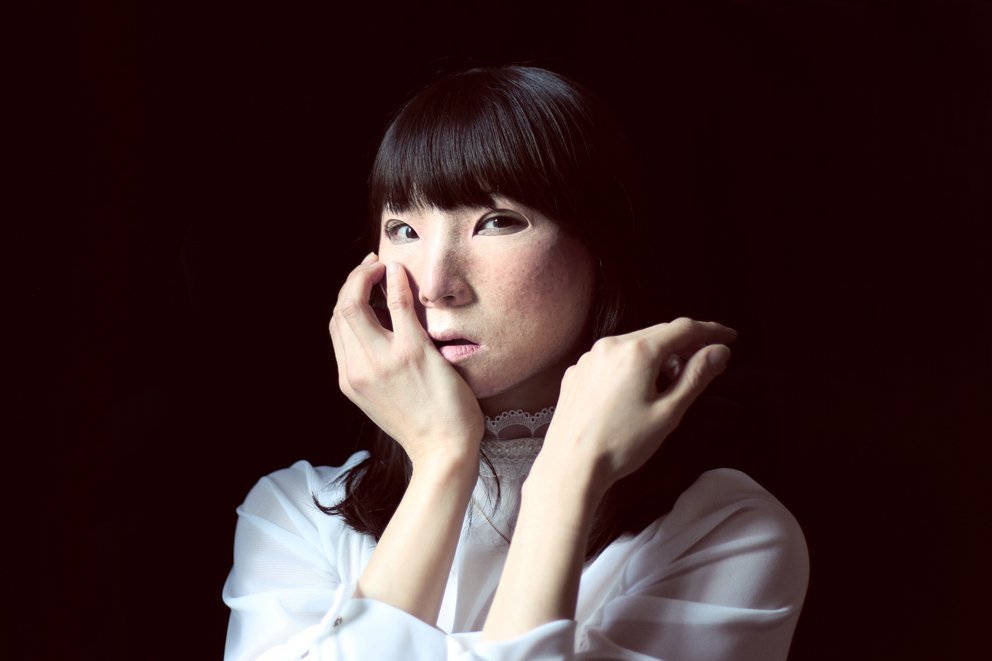
Not for nothing was La Veronal named after the brand name of a sleeping pill, a barbiturate with which Virginia Woolf tried to take her own life. It was marketed under the name of Veronal because its discoverer took a single dose of it after getting on the train in Germany and only woke up again in Verona, Italy. The name suits Morau’s project well, on the one hand because of his constant travels to produce work (in the past two years he has staged “Le surréalisme au service de la Révolution” with the Ballet de Lorraine, “Tundra” with the National Dance Company Wales and “Vals” with the Danish Dance Theatre), on the other because of the geographical and emotional landscapes into which he takes his audiences: from the white of the polar frost in “Islàndia” (2012), to the Italian Renaissance and its understanding of the body in “Siena” (2013), to the malignant depths of “Vorònia” (2015).
Morau’s latest piece, “Pasionaria”, premiered in June at the Teatros del Canal in Madrid, one of its eight co-producing institutions. The piece portrays the individualism and interpersonal coldness of today’s society, which – says the choreographer – has forgotten how to feel moved. So Morau hides the faces of his eight dancers behind dehumanised masks, which direct the audience’s attention to the bodies, that although they are equipped with prostheses and technical devices which apparently provide improved access to the surroundings, are actually removed from one another and themselves.
There is another colour in the Catalan dance spectrum, associated with gloss and multidisciplinary: the exchange and translation between different artistic languages. One good example is Joan Català, who mixes circus art with contemporary dance; another is Albert Quesada, who uses various musical styles (from the Baroque to flamenco) to explore the capturing of a pure musical impulse in a direct physical imprint.
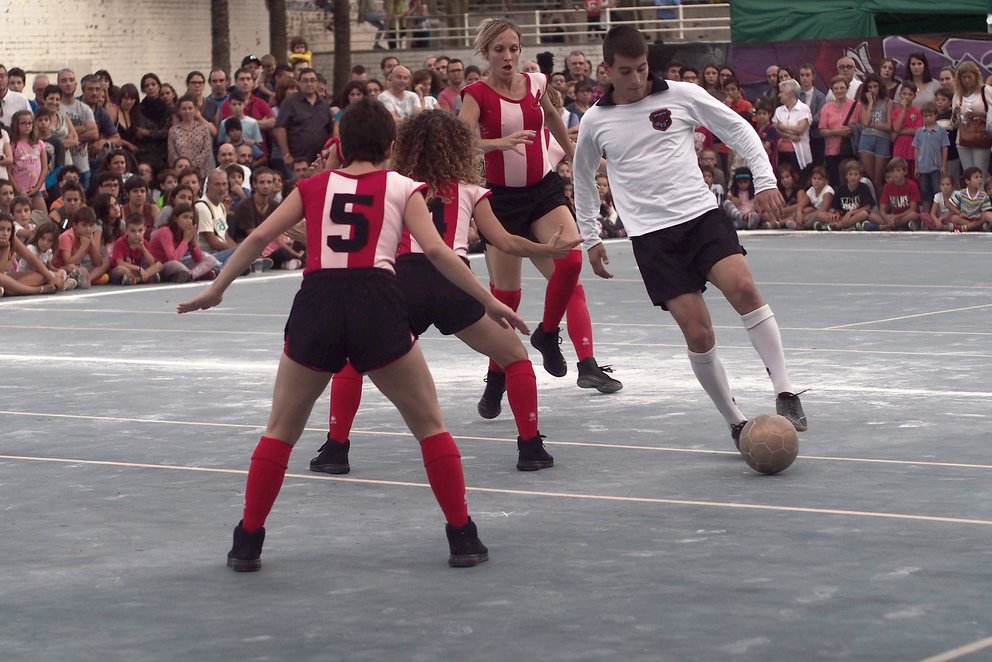
Vero Cendoya also works in this direction. She was an illustrator before starting to dance and worked for many years as an assistant director and dancer in the company of Sol Picó (the famous choreographer and contemporary dancer who combines flamenco with ballet shoes). The two share a similar sense of humour, which evolves from difficult situations, and a fighting spirit that comes from deep within. Parallel to the company she founded in 2008, and to various theatre projects in which she appears as an actor, Cendoya also directs a dance project with mentally disabled people. And only a few months ago she presented her latest dance piece at the festival Sismògraf: “C.O.S.” draws on her voluntary work in the Greek refugee camps. In it Cendoya proposed a mass demonstration of mourners, who would weep until all factories would have to close. Cendoya knows – and says so herself in the piece – that art doesn’t change the world, but that this fact won’t stop her from continuing in the attempt.
Her preceding work “La Partida” premiered on the street in 2015. This year we could watch it in the theatre and see how the four walls in no way negated its poetic realism. “La Partida” is based on Paolo Zucca’s film “L’arbitro” (2013), a tragicomic reflection on the human nature and it’s daily struggle in the context of a football match. The film won the Critics’ Award at the Venice Film Festival. Cendoya’s piece has also won several awards, including that of the Tàrrega Street Theatre Festival where it was first performed, and in 2015 the Catalan Critics’ Prize. The biggest winner at any rate is the audience, which experiences a large portion of intelligent enjoyment. In “La Partida” we see a contest between five male footballers and five female dancers who imitate each other’s movements, appropriate each other’s weapons, physical energies and techniques, but primarily put their powers of seduction to the test in a game that shifts and unhinges gender categories. There’s also a referee, who follows his own rhythm, and the fans, who recurrently intervene in the events like a Greek chorus. The soundtrack of this spectacle is the loud public space of the football pitch, which can surge to catharsis.
Vero Cendoya’s humour in the dusty waste ground; Marcos Morau’s sharp criticism, in love with sculptural subtlety; the repeatedly white-painted walls symbolising the hard-earned intimacy between Pep Ramis and Maria Muñoz; these are all scenarios that explore a wide palette of commonly recognisable and individually identifiable human attitudes – because we keep on dancing, despite everything!
Translated from German by Michael Turnbull.
